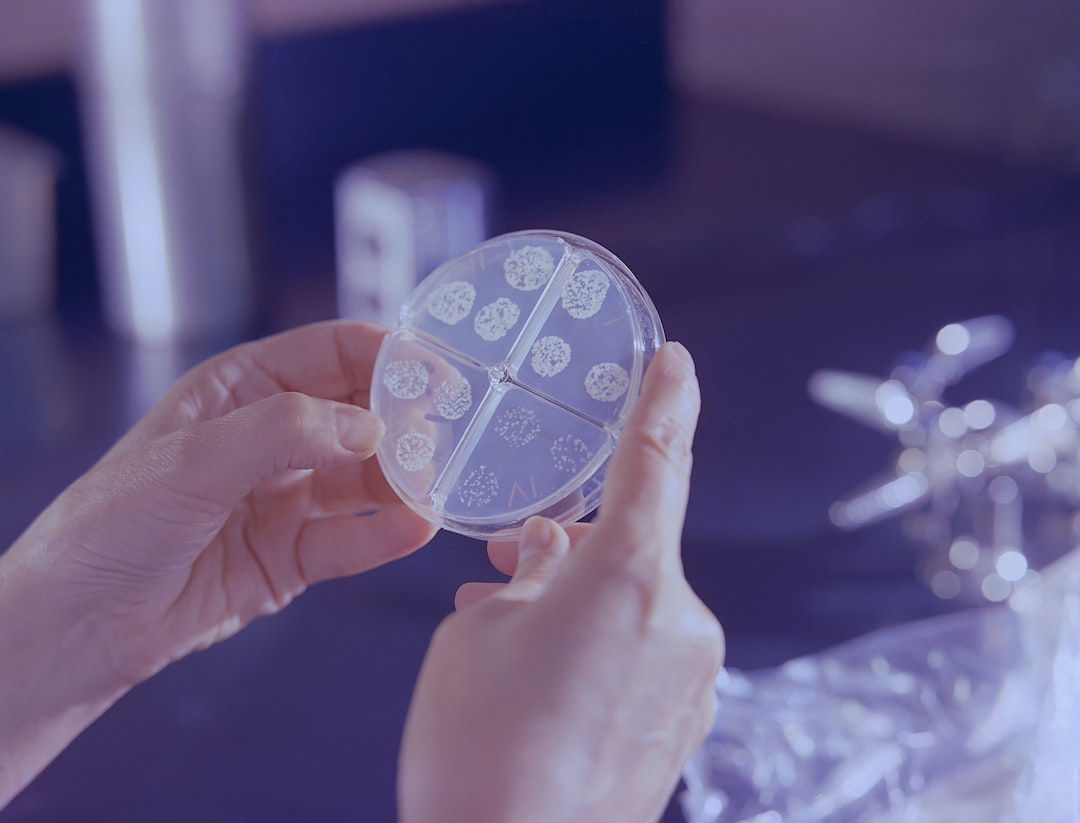What is it about?
Exogenous surfactant is a therapeutic used to improve the breathing ability of prematurely delivered babies. Currently, this material is obtained from animal lungs, purified, sterilized and then sold to hospital for treatments. In this paper, we describe a artificial surfactant made in the laboratory that performs as well as the animal derived preparations.
Featured Image
Why is it important?
The potential of producing a synthetic surfactant for therapeutic purposes opens the doors for several new opportunities. First, it may be relatively inexpensive and, unlike animal derived material, will not be limited by resource limitations. Second, it can be custom designed for other diseases in which this material may have therapeutic benefit.
Perspectives
It was fun to combine the chemical engineering part, as was performed at Standford, with the in vivo experimentation we are able to do at Lawson/Western. It also took a lot of work and a lot of people.... appreciate everyone who contributed.
Dr Ruud Veldhuizen
Western University
Read the Original
This page is a summary of: Effective in vivo treatment of acute lung injury with helical, amphipathic peptoid mimics of pulmonary surfactant proteins, Scientific Reports, May 2018, Springer Science + Business Media,
DOI: 10.1038/s41598-018-25009-3.
You can read the full text:
Resources
Contributors
The following have contributed to this page










